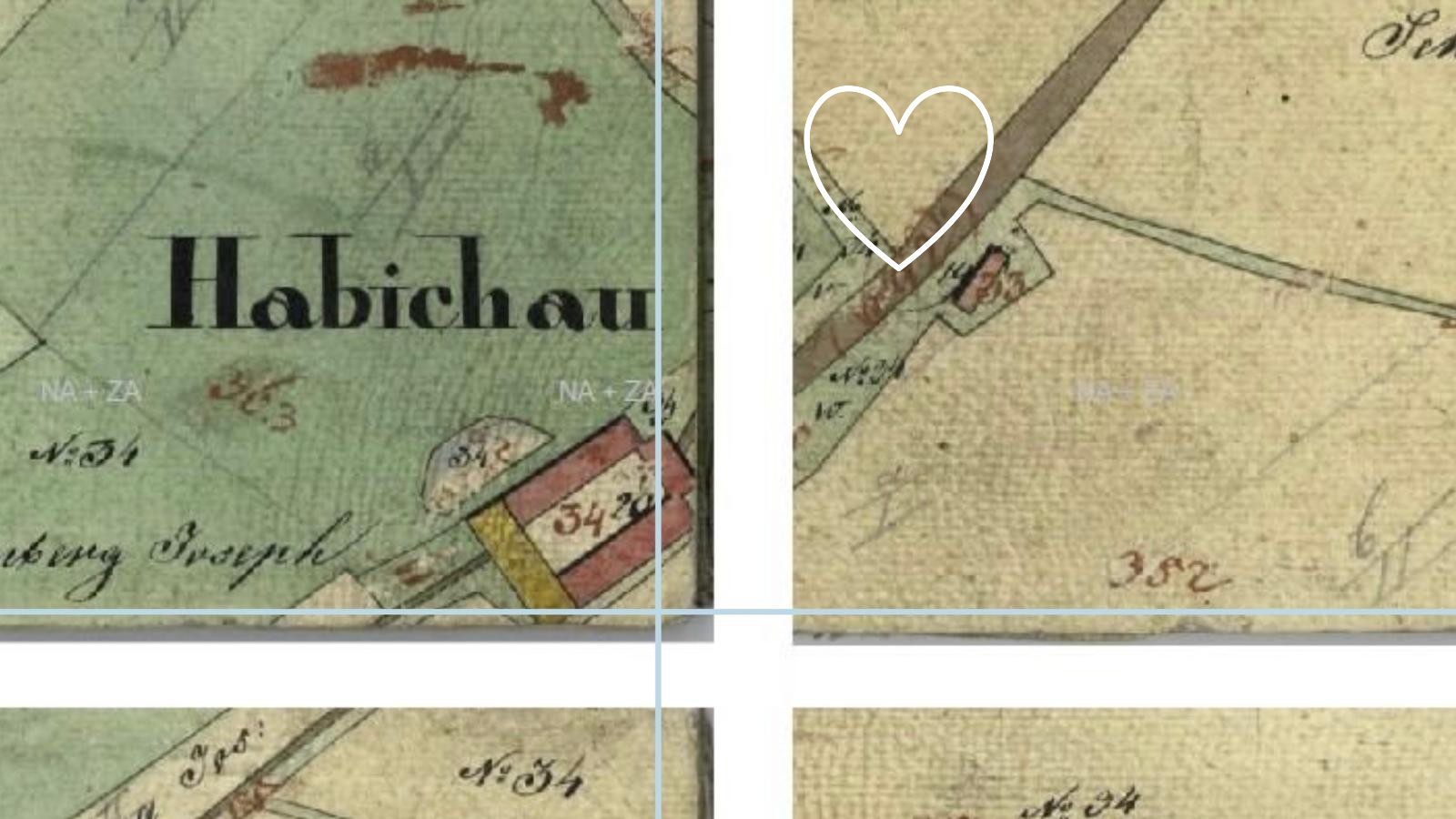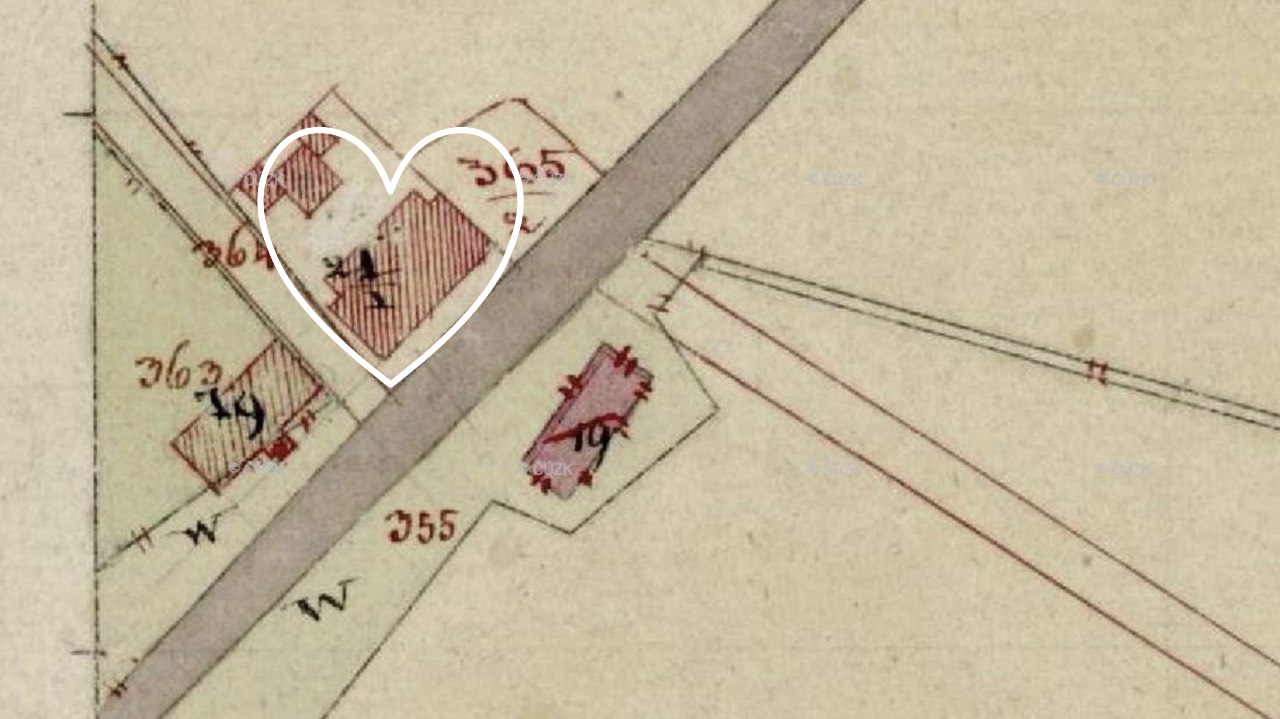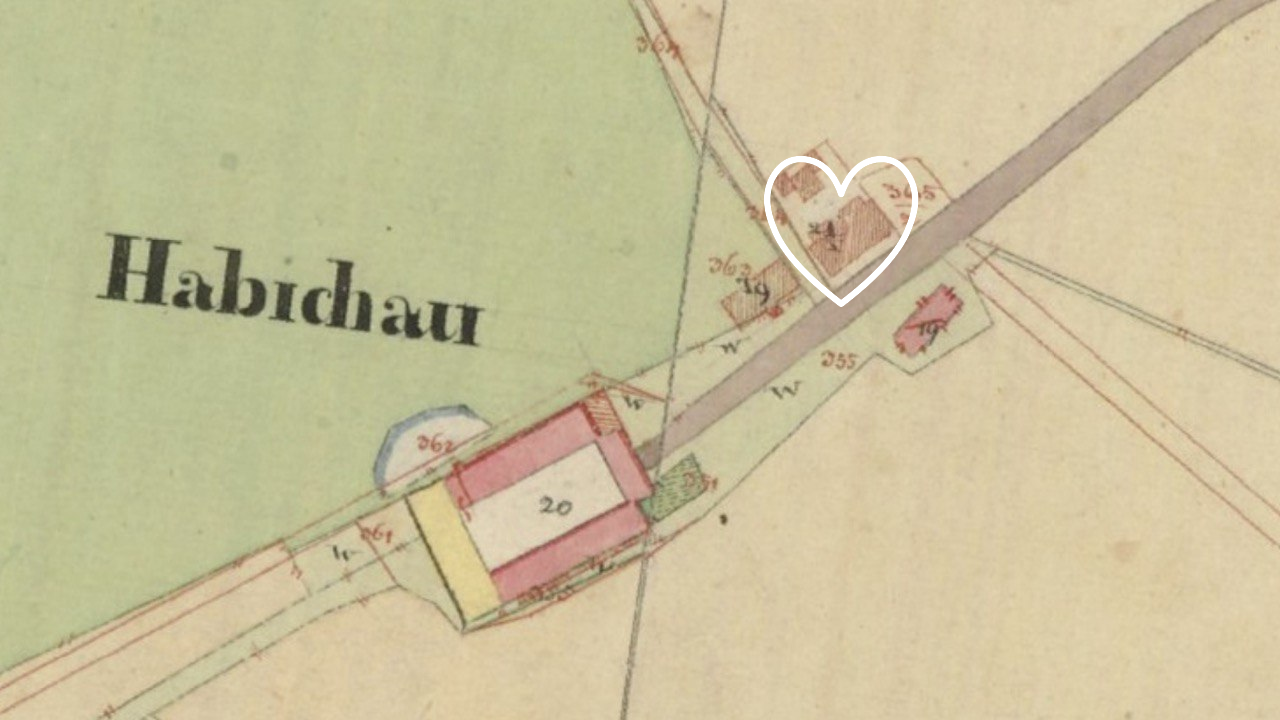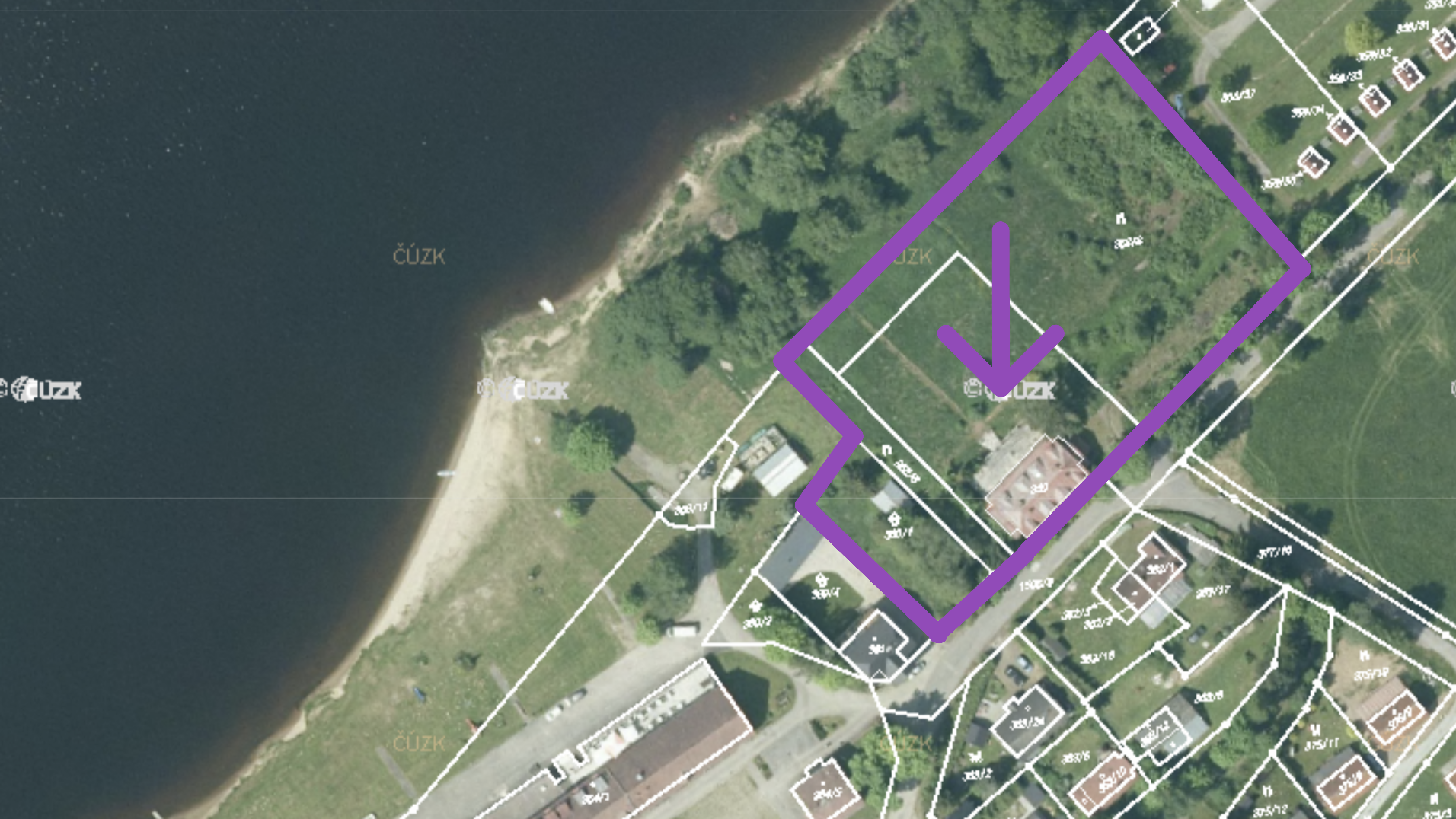The Story of the Villa
Historical Background
Villa Bohemia, listed today as house no. 359 at Blížná 16 in Černá v Pošumaví, carries a verified history reaching deep into the 19th century.
Its origins are closely connected to the Schwarzenberg estate system and the historic lands known as Habichau / Jestřábí.
The building appears in the earliest available cadastral maps, and new archival discoveries confirm that its roots lie somewhere between 1826 and 1881.
The Schwarzenberg Estate
For centuries, the Blížná area was part of the vast holdings of the Schwarzenberg noble family.
They operated agricultural yards, graphite mines, forest administrations and played a major role in the industrial and social development of the region.
Throughout the 19th century, Czech and German families lived here together in peaceful coexistence — until the 1930s, when the Sudeten tensions began to affect everyday life across the region.
After World War II, during the confiscation of aristocratic property, the land passed into state ownership under the State Land Office in Prague.
Archival Discovery 2025
Breakthrough in the Land Books (1881)
In the summer of 2025, a significant milestone was reached in historical research.
An original 1881 document directly related to the building of Villa Bohemia was discovered in the State Regional Archive in Třeboň.
It confirms that the house was registered as a "deskový statek" — an estate recorded in the land rolls, the highest and most prestigious form of property registration.
This explains why the building does not appear in the regular land books of the village of Blížná — it was recorded independently and at a higher administrative level.
Refined Dating and Construction Development
Consultations with the National Heritage Institute revealed that in 1826 the area contained only the agricultural yard of Habichau (Jestřábí).
The present villa was built later — and new findings allow precise dating into three stages:
1826–1881 — construction of the original house
1881 — decision to rebuild the structure
1882 — approval of the new construction plan
The 1882 architectural plan identifies the house as:
"Arbeiterwohnhaus der Meierei Habichau" — a workers' residential house of the Habichau agricultural estate.
This confirms its function as a home for employees of the Schwarzenberg estate.
Austrian Cadastral Archive 1826
The 1826 cadastral map shows only the Habichau yard as the sole building complex in the area.
The present villa did not yet exist — its appearance is confirmed only by later entries in the 1881 land book.
This map is a key proof of the early development of settlement in the region.
Later Cadastral Map – Two Added Stone Houses
A later version of the cadastral map depicts two stone houses marked with shading (plots no. 14 and 364).
The National Heritage Institute confirmed that these buildings were added to the map later, meaning they were constructed after 1826.
The cadastral municipality is listed under the German name Eggenburg, corresponding to the administrative system of the Austro-Hungarian Empire.
Imperial Stable Cadastre – the First Clear Record
The earliest fully documented record of the building appears in the 19th-century imperial stable cadastre, where the structure is listed under plot 21/1.
The 1881 archival discovery supports this record and confirms the continuity of ownership and building maintenance.
The house was registered as a significant estate property and is exceptionally well documented for its time.
Today we know that:
-
the house existed before 1881,
-
it stood within the former Habichau agricultural yard,
-
it served as residential housing for estate employees.
Current Cadastral Information
Cadastral area: Černá v Pošumaví (619868)
-
Land registry number: 1472
-
Parcel: 359/6
The house at Blížná 16 stands precisely on the historic site of the former Habichau yard.
Age of the Building
Based on all verified archival materials, the age of the building can now be estimated as:
at least 144 years (1881–2025)
and very likely between 160–180 years (constructed between 1826–1881).
It is one of the most historically valuable buildings in the Lipno region.
Historical Testimony from the Village
First-hand memories from Marie Lomecká (Kholová), who lived here from 1927, provide a vivid picture of the local past.
According to her account:
-
Blížná was home mostly to German families,
-
the land rising toward the village belonged to the Jestřábí estate,
-
the estate measured approximately 122–126 hectares,
-
and included house no. 16 — today's Villa Bohemia.
1920–1938 (Pre-War Period)
The Jestřábí estate originally belonged to the Schwarzenberg family.
It was later expropriated, and between 1929–1930 purchased from the State Land Office by Jiří Adamovič.
According to the village chronicle, the estate encompassed extensive fields and included house no. 16 as part of its property.
War Period (1938–1945)
After Konrad Henlein's visit to Horní Planá in 1937, relations between Czechs and Germans deteriorated significantly.
The Adamovič family was forced to leave the area on 28 September 1938.
Post-War Period
Following World War II, the region was resettled predominantly by Czech, Slovak and Volhynian Czech families.
The original German population left the region within the post-war expulsion.
Current State of Research (2025)
A detailed historical investigation is underway in cooperation with archives in Třeboň, Prague and Český Krumlov.
In November 2025, active on-site research was carried out in the District Archive in Český Krumlov, where new and previously unknown documents from 1881–1937 were found.
The goal is to uncover the earliest written references to the house, refine the timeline of construction and identify the people who lived and worked here.
This page will be regularly updated as new findings — maps, land records, architectural plans and testimonies — come to light.
"My walls whisper stories we are yet to write together."
Villa Bohemia
Last updated: November 2025



